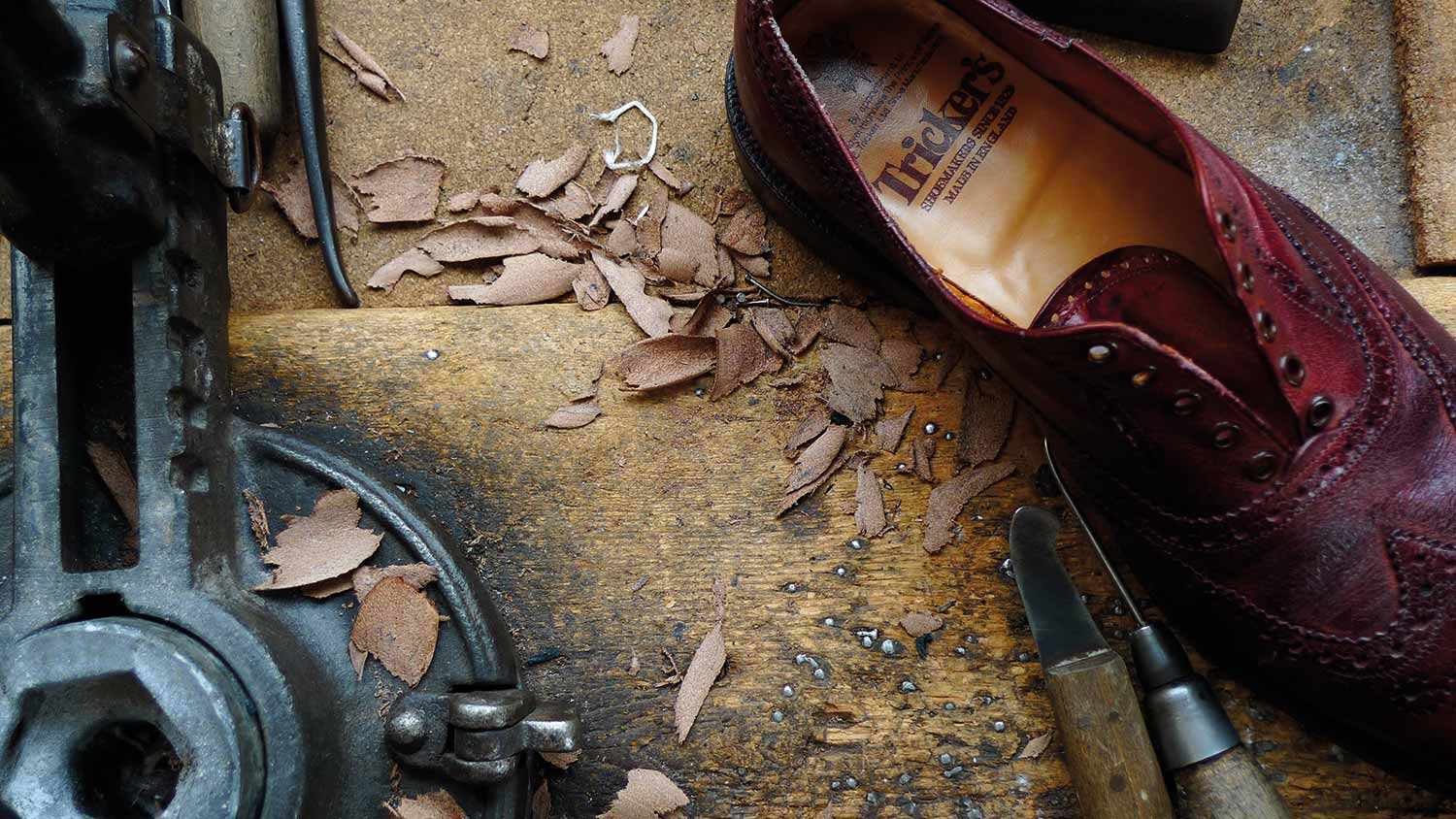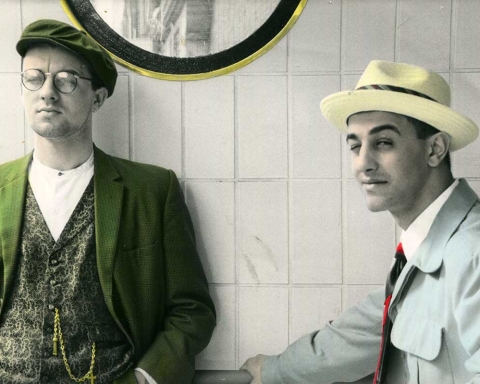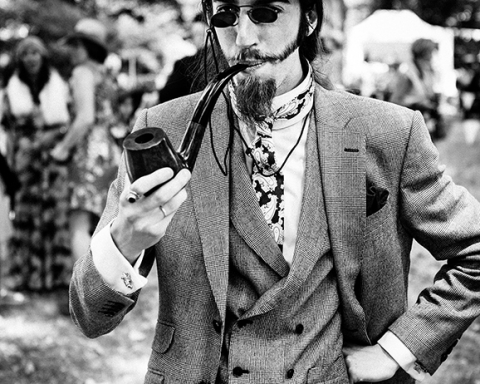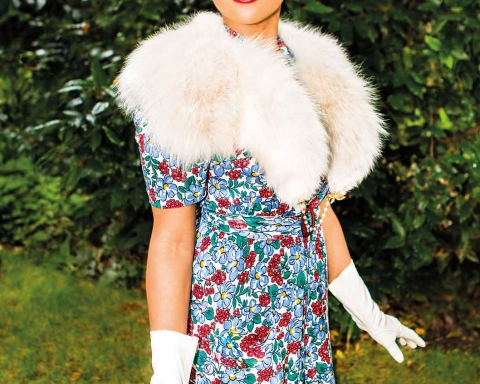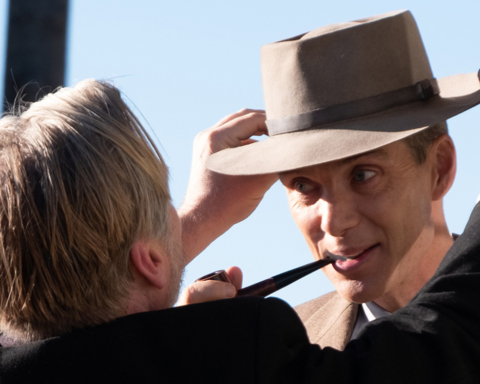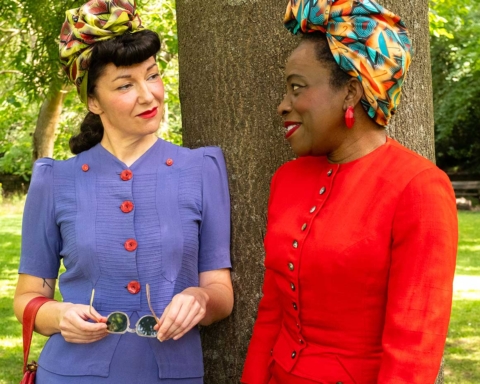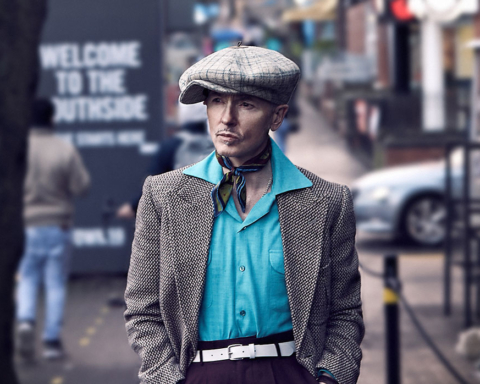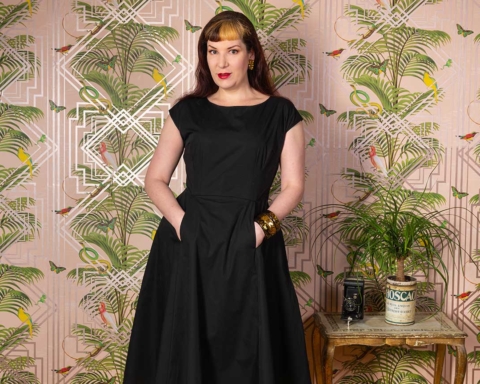 Founded in 1829 by Joseph Tricker, R. E. Tricker Ltd is one of the longest established shoemakers in England. Having gained a reputation for producing footwear of superlative quality, in 1989 they were granted a Royal Warrant by HRH The Prince of Wales.
Founded in 1829 by Joseph Tricker, R. E. Tricker Ltd is one of the longest established shoemakers in England. Having gained a reputation for producing footwear of superlative quality, in 1989 they were granted a Royal Warrant by HRH The Prince of Wales.
Five generations later, Tricker’s is still a family-run operation. Each pair of Tricker’s shoes is made entirely from start to finish in their Northampton shoe factory, by a team of 90 skilled shoemakers and craftspeople trained in-house to keep traditional techniques and methods alive to this day. Tricker’s also offer a full bespoke service, one of the few remaining shoemakers in England to offer this. The 260 individual processes involved in making a single pair of shoes take around eight weeks.
The cutting (or “clicking”) of the patterns for the shoe from leather is a skill developed over generations. The clickers have to decide the best direction to cut the leather in, taking into account the future stretching of the material with wear. Once this is determined, the cutting can begin, and with it the distinctive clicking sound of the blade against the brass-bound edge of the pattern can be heard.
Once cut, the patterns must then be sewn together to create a single upper for a shoe; this is where eyelet holes and rivets are added and broguing is applied to the leather. “Skiving” is the process of hand-thinning leather, an essential part of this process, along with hanging the closed uppers to moisturise for a number of days, to allow future
flexibility in the leather.
The shoes are at this point hand-labelled and numbered, denoting their unique identity. The upper is stretched on individual lasts, requiring just the right amounts of heat, moisture, force and skill. The upper is secured to the woven rib on the insole with nails to hold the shoe together until a welt can be attached. The sole is then stitched to this welt. Stitching is preferred to gluing, as this means a cobbler can unstitch and repair them whenever necessary.
A wooden shank is added to the sole to enhance strength and support, and the cavity between the welt and the insole is filled with cork. Why cork? Primarily, it moulds itself to the wearer’s foot, providing bespoke comfort; secondly, it provides waterproof insulation, which you’ll be thankful for the next time you step in a puddle. The cork is covered with a leather mid-sole, and a final sole of leather or rubber is added and lock-stitched to the welt, with excess rounded off and trimmed. After more days of drying, the heel is built up and the shoe is ready to be finished. This is naturally done in the traditional freehand manner, as each master shoemaker trims and buffs the shoes before applying the stain, polish and wax to create a waterproof finish, and “bunking” the soles with decorative patterns, added with tools held over a naked flame.
When they come out of the finishing room, the shoes are still a few steps away from being truly finished. A further sock liner is fitted for comfort, before the pair is cleaned and dressed further with a blend of creams and polishes. The shoes are then dried again, and polished and burnished by hand before final inspection, lacing and boxing.
Producing on average a thousand pairs of shoes and boots a week, for the past three decades Tricker’s have been exported to over 43 countries around the world, a third to Japan. Tricker’s are part of the UK Government’s Department for International Trade GREAT Britain campaign, which promotes British culture abroad and by turns the legendary Northampton shoe industry.
TWO RECOMMENDED TRICKER MODELS
THE FULTON
 The Fulton (below) is a long-wing full brogue with a slightly more pointed shape than the typical Tricker’s last, blending the line between town and country shoe. The distinctive ‘81’ last is from the Tricker’s archive and was originally used on an Austrian General’s bespoke boots in the 1950s.
The Fulton (below) is a long-wing full brogue with a slightly more pointed shape than the typical Tricker’s last, blending the line between town and country shoe. The distinctive ‘81’ last is from the Tricker’s archive and was originally used on an Austrian General’s bespoke boots in the 1950s.
The Scotch-grain ‘Olivvia’ leather from which the Fulton is crafted is tanned using olive leaves for an added suppleness, providing a totally chrome-free tanning alternative and using a by-product of the olive industry. While employing a ‘derby’ closure, the four eyelets are ‘blind’, meaning that the grommets are located on the underside of the leather. Formal notes such as this belie the hidden country leanings of the brogue, which also boasts a Dainite sole. Dainite is itself a British institution, and since 1894 has supplied the high end footwear industry with their distinctive and hard-wearing rubber soles, made in Market Harborough.
THE HAMILTON
The Hamilton (above) is a cap toe oxford made from “Bookbinder”, a specifically designed high shine leather. Five blind eyelets and more subtle broguing add to the Oxford structure for a more formal take on this type of town shoe, perfect for conducting business or attending a more elegant soiree.
The Hamilton also features a leather sole, which, while rendering the shoe more formal, does mean that the sole will wear out more quickly than its rubber-soled counterpart. Fear not, however, as, like the Fulton, the Hamilton is properly welted, and as such can easily be repaired and replaced by Tricker’s themselves.


